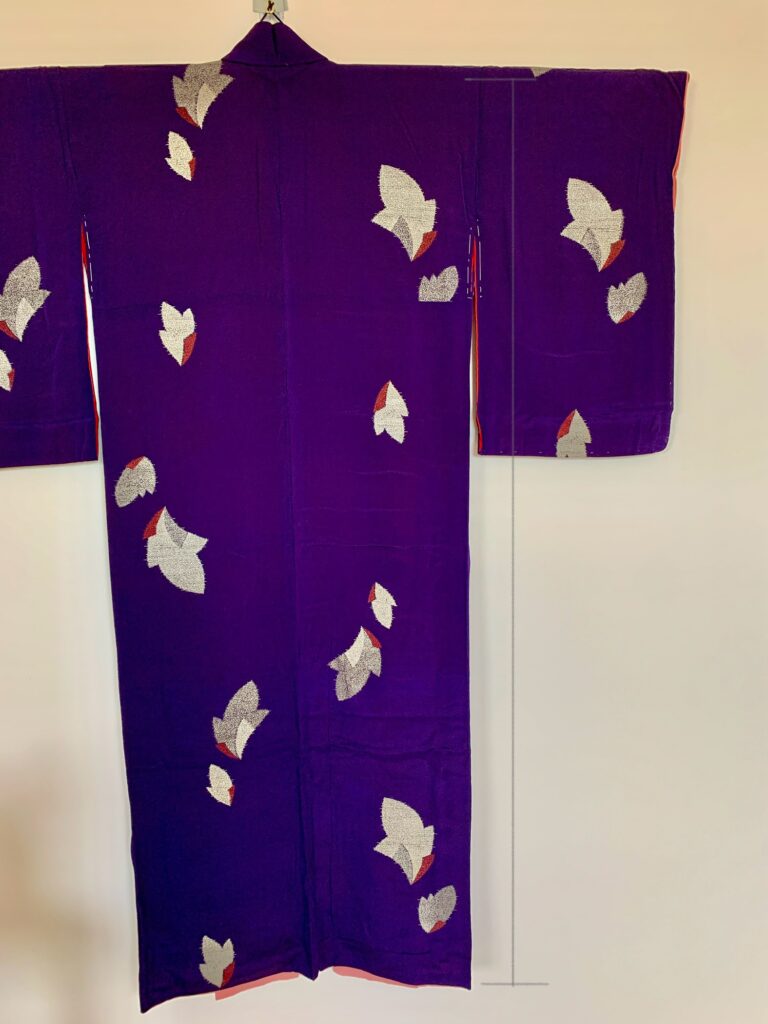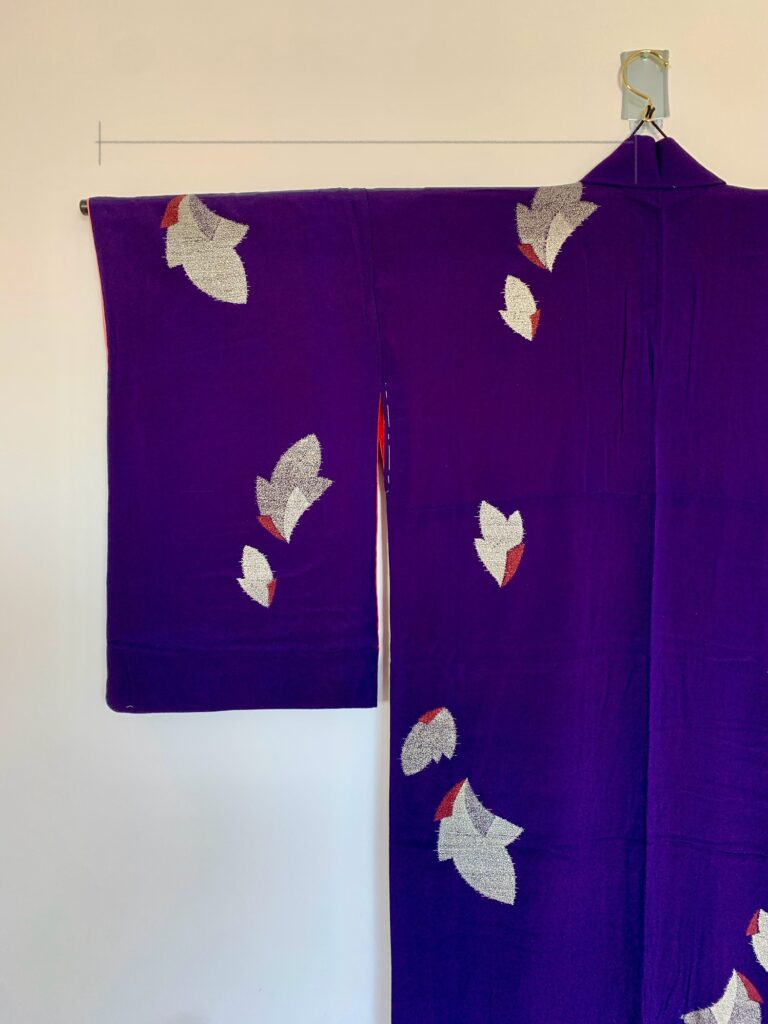Kimono sizes differ significantly from standard clothing sizes. Kimonos are traditionally designed as one-size-fits-all garments, making them versatile enough to accommodate a variety of body shapes and sizes. Its fit is achieved through folding, tying, and draping techniques, rather than relying solely on specific measurements.
Here are some key points to consider when selecting the size of your kimono:

Body Length: for women’s kimono, the traditional method involves folding the garment at the waist. Choose a kimono length that is the same as your height, with up to 5 cm more or less. For example, if your height is 1m60, pick a kimono between 1m55 and 1m65 in length. If you prefer wearing it without folding, opt for a shorter length or consider altering the hem. Men’s kimono, on the other hand, typically do not require folding, so ensure you choose the appropriate size accordingly.
Sleeve Length: I measure from the base of the neck to the wrist. Longer sleeves exude elegance, while shorter sleeves offer a more casual appearance. It’s just a question of style.


Width: the width of the kimono is another crucial aspect. For formal occasions, it’s desirable for the front cloth to overlap and extend all the way to the hips.
These are just some basic guidelines, but don’t hesitate to reach out for further assistance when purchasing a kimono. I’m here to address any inquiries you may have regarding sizing.